The International Space Station research project will examine microgravity’s effect on heart tissue and is designed to better understand how microgravity affects the function of the human heart.
Tag: International Space Station

Health Research Launches Into Orbit to Discover How Spaceflight Affects Blood
NASA crew and ground-based scientists are sending blood cells to the International Space Station on November 4 to learn why astronauts have a higher risk of blood clots.
How Liver Tissue from the International Space Station may Transform Tissue Engineering
An “out-of-this-world” project has the potential to transform the future of tissue engineering and liver transplantation through innovative research conducted aboard the International Space Station (ISS).
Cancer Research in Space for Life on Earth: Wake Forest Institute for Regenerative Medicine Selected Through International Space Station National Lab Solicitation in Partnership with NASA
The Wake Forest Institute for Regenerative Medicine (WFIRM) is honored to announce its selection for a pioneering cancer research project that will take place aboard the International Space Station (ISS).
Expert Available: Boeing Starliner Astronauts Now Slated to Return Home via SpaceX in February
NASA is turning to SpaceX to bring two Boeing Starliner astronauts back from the International Space Station. The astronauts, who have been in orbit since June, will now return via the SpaceX Dragon vehicle in February. The Starliner’s test flight…
The future of space food touches down at Ohio State
In space, fine dining can be an alien experience.
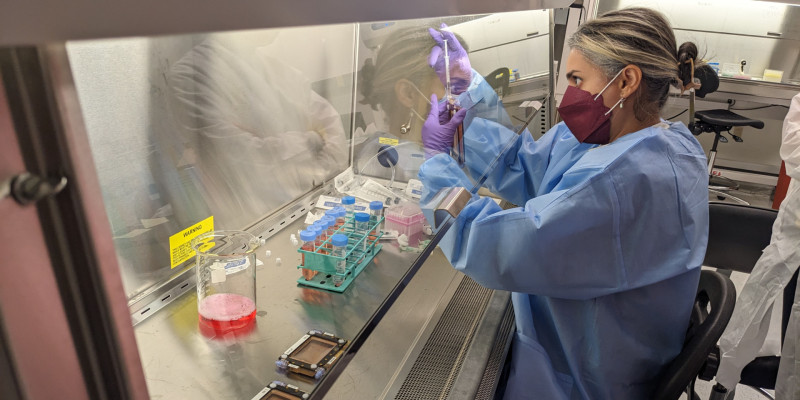
Primicia Para el Cuarto Lanzamiento Espacial de Cedars-Sinai
Cedars-Sinai planea su primer intento de producir células madre en el espacio y su cuarto lanzamiento de experimentos con células madre a la Estación Espacial Internacional. El lanzamiento, financiado por la NASA, está previsto para el 3 de agosto a las 11 a.m. EDT/8 a.m. PDT.
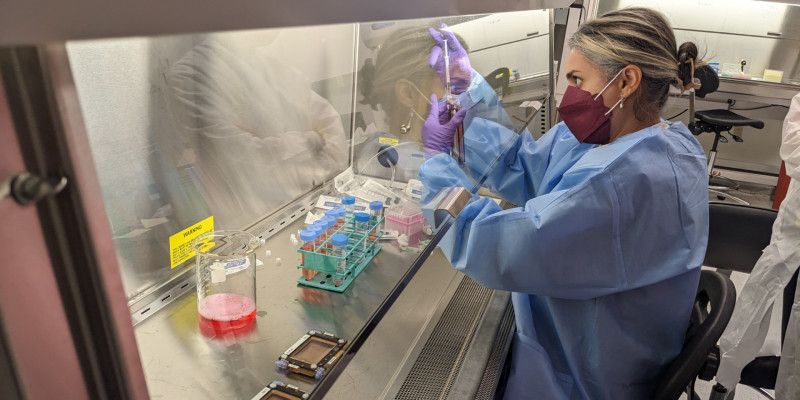
A First for Cedars-Sinai’s Fourth Space Launch
Cedars-Sinai is planning its first-ever attempt to produce stem cells in space and its fourth launch of stem cell experiments to the International Space Station. The NASA-funded launch is scheduled for Aug. 3 at 11 a.m. EDT/8 a.m. PDT.
MD Anderson and collaborators to launch project studying T cells on International Space Station
The University of Texas MD Anderson Cancer Center and collaborators are initiating a research project that will send T cells to the International Space Station (ISS) to study the effects of prolonged microgravity on cell differentiation, activation, memory and exhaustion.

3rd Space Launch of Cedars-Sinai Stem Cells Slated for Jan. 29
Cedars-Sinai and Space Tango are planning their third launch of pilot-scale systems for the automated in-space production of stem cells to the International Space Station.
Discovering the unexpected way protected areas contribute to biodiversity
A study published in Nature found that, while protected areas in Southeast Asia were shown to be good for animals inside their borders, as expected, that protection also extended to nearby unprotected areas, which was a surprise.
Mission Ax-2 Set to Launch Stem Cells to Space
Cedars-Sinai investigators, in collaboration with Axiom Space of Houston, are sending stem cells to space in early May to explore whether microgravity can make it easier and more efficient to produce large batches of stem cells.
Prototype telescope designed by Lawrence Livermore researchers launched to the International Space Station
A prototype telescope designed and built by Lawrence Livermore National Laboratory (LLNL) researchers has been launched from Cape Canaveral, Florida to the International Space Station (ISS).
Watching Water Droplets Merge on the International Space Station
In Physics of Fluids, researchers design and analyze droplet experiments that were done on the International Space Station. The researchers sent four different surfaces with various roughness properties to the station, where they were mounted to a lab table. Cameras recorded the droplets as they spread and merged. The experimental results confirmed and expanded the parameter space of the Davis-Hocking model, a simple way to simulate droplets.
Live From Space: USU Alumnus Astronaut Frank Rubio Takes Questions, Talks with Students
Uniformed Services University (USU) alumnus Army Lt. Col. (Dr.) Frank Rubio, a NASA astronaut, will answer a series of thought-provoking questions from students and military personnel live from the International Space Station as part of a NASA Downlink on Nov. 21.
Color Change in Space Materials May Help Measure Degradation Remotely
For the next six months, a camera system on the exterior of the International Space Station (ISS) will be snapping photos of more than a dozen different material samples, gathering detailed information that will help researchers determine how – and why – the harsh conditions of space affect these materials.
GW Experts Available to Discuss Russia Leaving the International Space Station
WASHINGTON (July 26, 2022) — Yuri Borisov, head of Russia’s space agency Roscosmos, has announced Russia will withdraw from the International Space Station after 2024 to focus on building a Russian orbiting station. Experts from the George Washington University’s Space…
SpaceX CRS-25 to Launch Stem Cells to Space on June 9
Cedars-Sinai and Space Tango are launching pilot-scale systems for the in-space production of stem cells to see if they can elevate the next generation of stem cell and gene therapies by harnessing the near-zero gravity conditions of spaceflight.
NASA funds LLNL to demonstrate “Replicator” 3D printer to produce cartilage in space
The National Aeronautics and Space Administration (NASA) announced April 15 it has awarded Lawrence Livermore National Laboratory (LLNL) and a private company with funding to develop LLNL’s revolutionary volumetric additive manufacturing (VAM) 3D printing technology to produce artificial cartilage tissue in space.
Space bubble experiment could lead to more effective early cancer screenings
The study, led by Tengfei Luo, a professor in the Department of Aerospace and Mechanical Engineering at the University of Notre Dame, will be initiated by astronauts aboard the International Space Station (ISS).
UNLV Engineering and Dental Researchers Team with NASA, Colgate on June 3 Space Launch
First-of-its-kind device developed by UNLV for International Space Station experiment will test microgravity and Earth differences in growth and treatment of oral bacteria.
Urban heat islands affect tree canopy temperatures and health, UAH study says
New research recently published in Scientific Reports on tree canopy temperatures in New York City by a University of Alabama in Huntsville (UAH) doctoral student offers new insights for urban forestry management.
The New York Academy of Sciences to host programs on the science and law of Lunar Exploration (Wednesday, December 9) and Bioengineering for Space Travel (Thursday, December 10)
The New York Academy of Sciences is hosting two programs on Space Exploration this week, with topics including legal agreements for “off planet” governance, bioengineering to make space travel safer for astronauts, and questions of bio-ethics related to interplanetary travel.
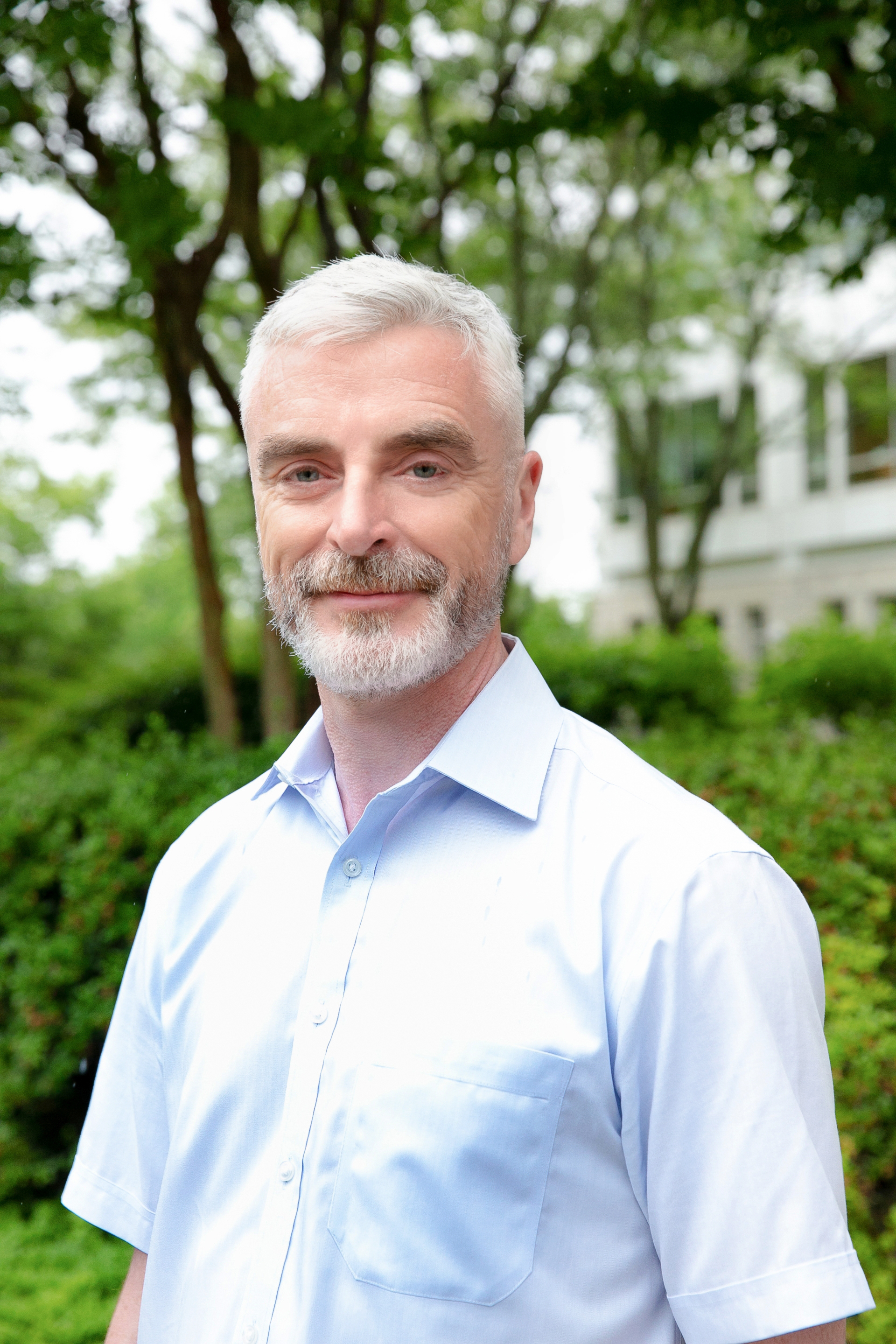
AIP CEO Joins CASIS Board to Guide ISS National Lab Projects
Michael Moloney, CEO of AIP, joins the Center for the Advancement of Science in Space as a member of their board of directors in their efforts to optimize the use of the International Space Station U.S. National Laboratory. The laboratory is used “for improving quality of life on Earth, promoting collaboration among diverse users, and advancing science, technology, engineering, and mathematics (STEM) education.” Moloney joins three other new members on the board of directors: Eric D. Isaacs, Elizabeth R. Cantwell and Gale J. Allen.
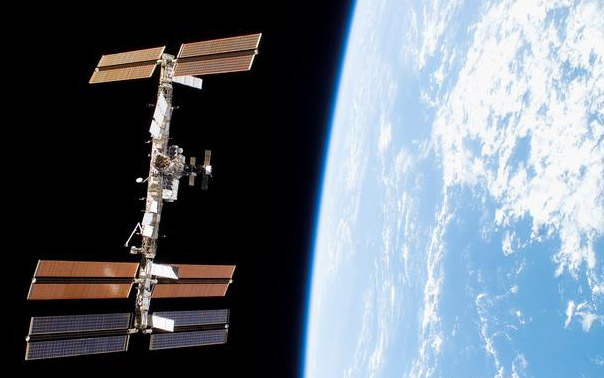
UC San Diego to Advance Stem Cell Therapies in New Space Station Lab
UC San Diego and Space Tango received a NASA award to develop the first dedicated stem cell research laboratory within the International Space Station.
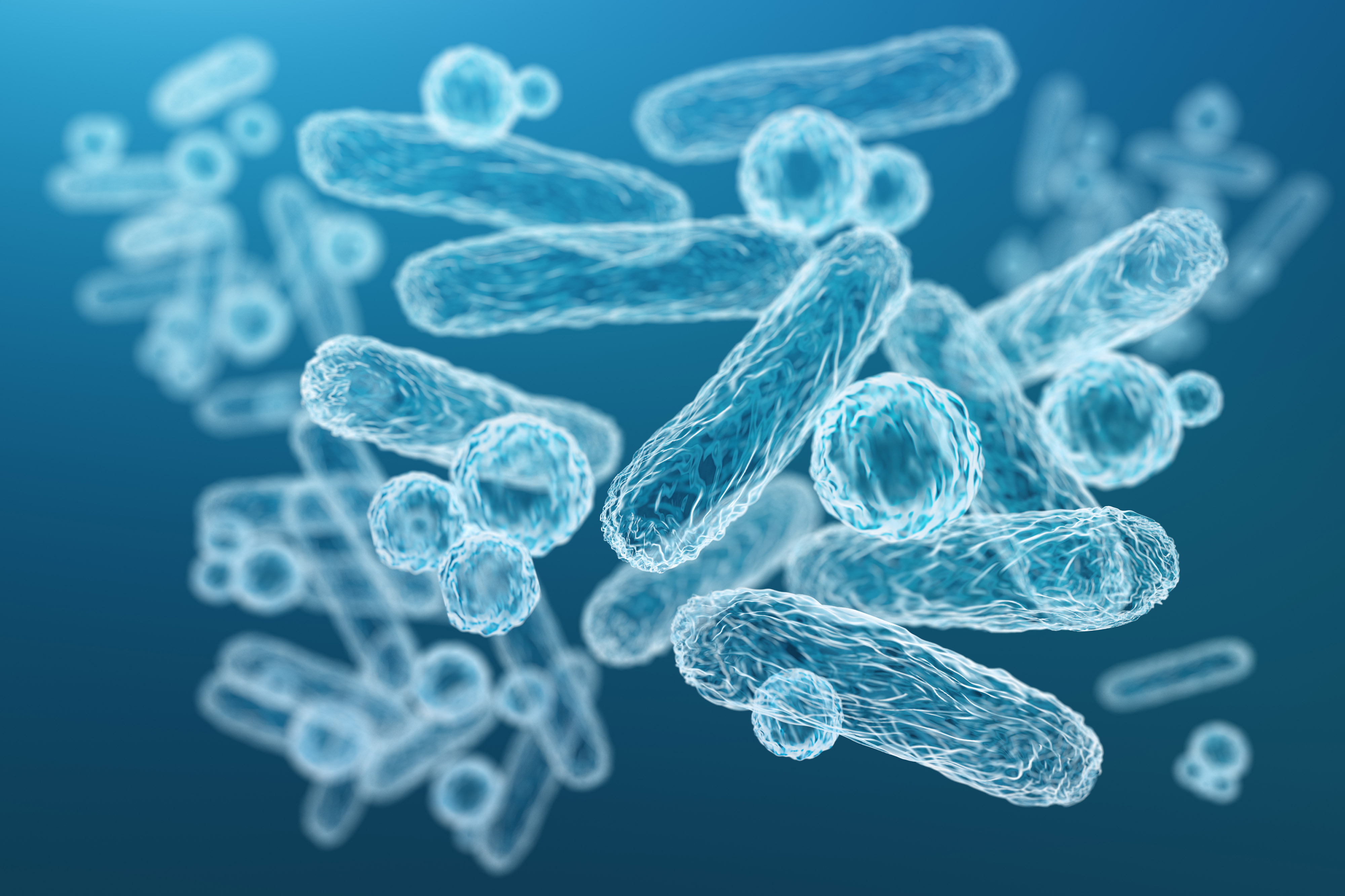
Technique Offers Path for Biomanufacturing Medicines During Space Flights
An instrument currently aboard the International Space Station could grow E.coli bacteria in space, opening a new path to bio-manufacturing drugs during long term space flights.
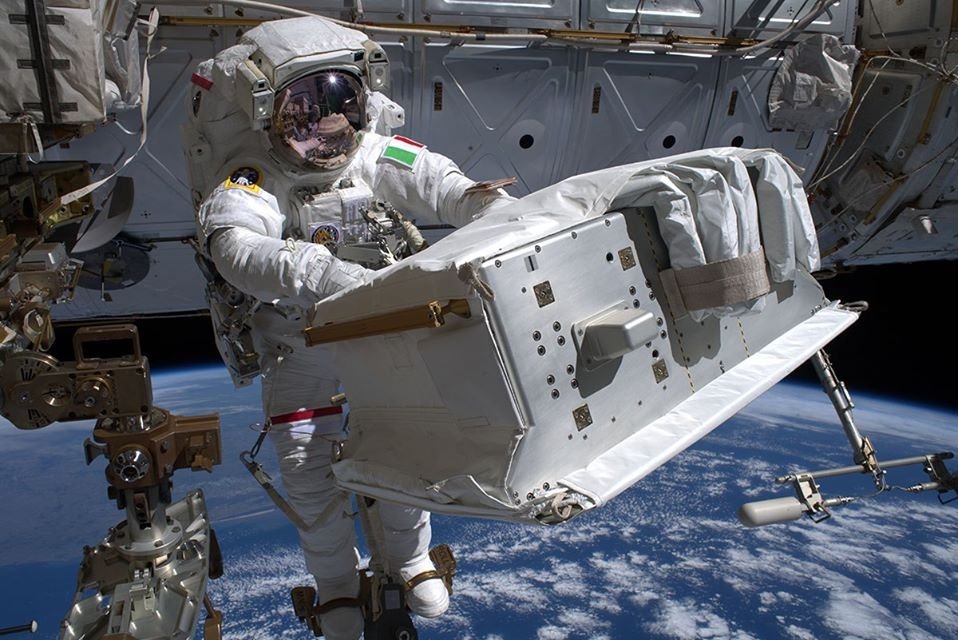
Cosmic Ray Tool Repaired in Space
Astronauts are extending the life of the DOE’s Alpha Magnetic Spectrometer aboard the International Space Station.